- Home
- 0 likes
- 2881 views
- 0 comments
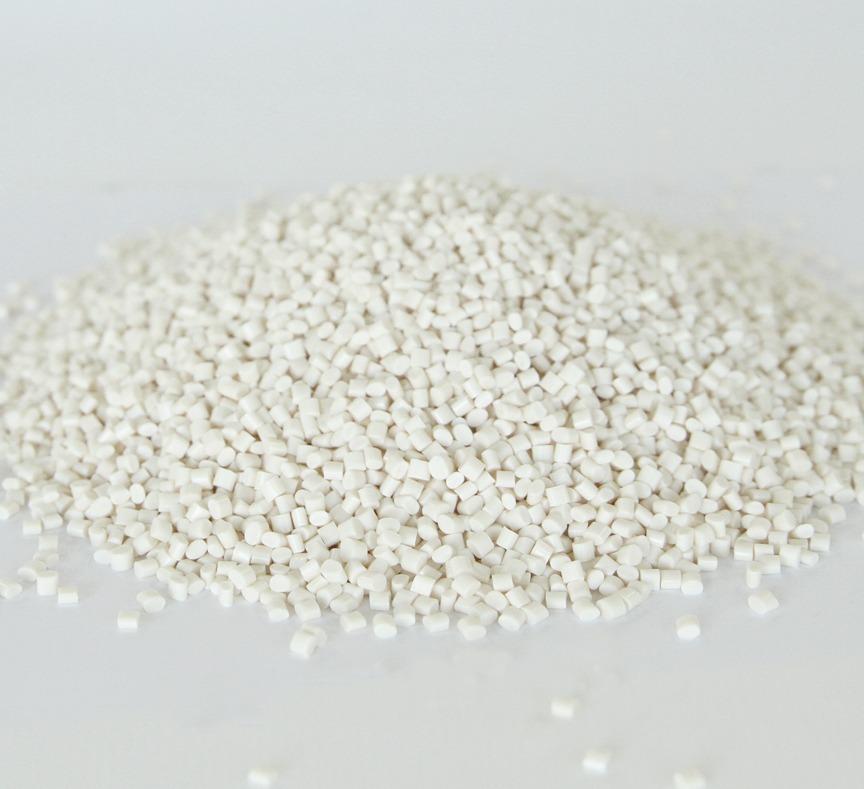
3D printing with pellets is a relatively new technology that has evolved rapidly since its introduction to the market as a more cost-effective alternative to traditional 3D printing with filament.
This technology replaces filaments with plastic pellets as the impression material, allowing for faster and more cost-effective production.
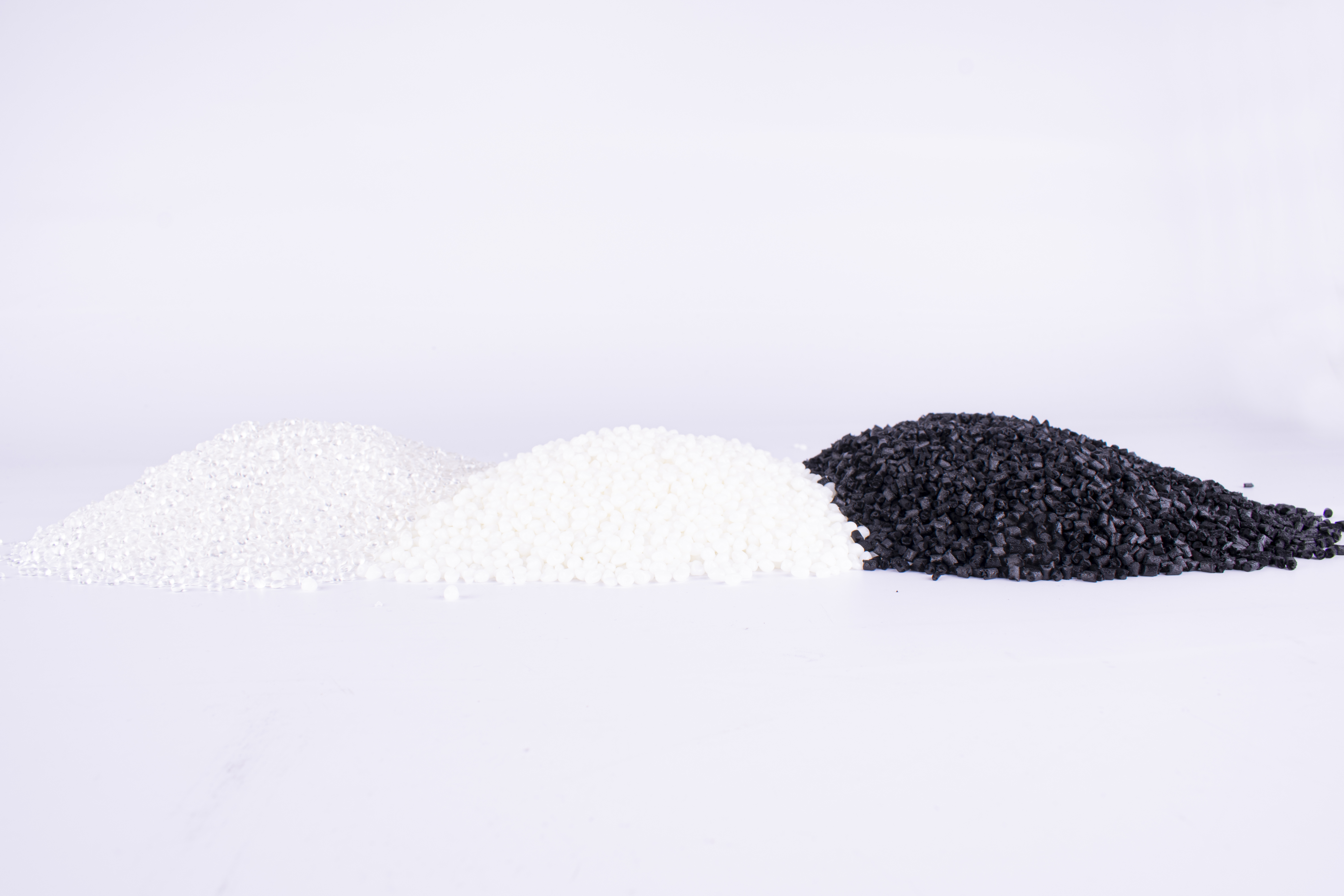
The speed and accuracy of 3D printing with pellets have improved as technology has advanced. Newer pellet 3D printers can create larger, more complex objects with greater precision and speed.
Initially, 3D printing with pellets was limited to a few materials. However, as technology has advanced, new printing materials such as glass fiber reinforced polymers, carbon, and other composite materials have been introduced.
At Smart Materials 3D, we have a wide range of pelletized filaments from which to choose.
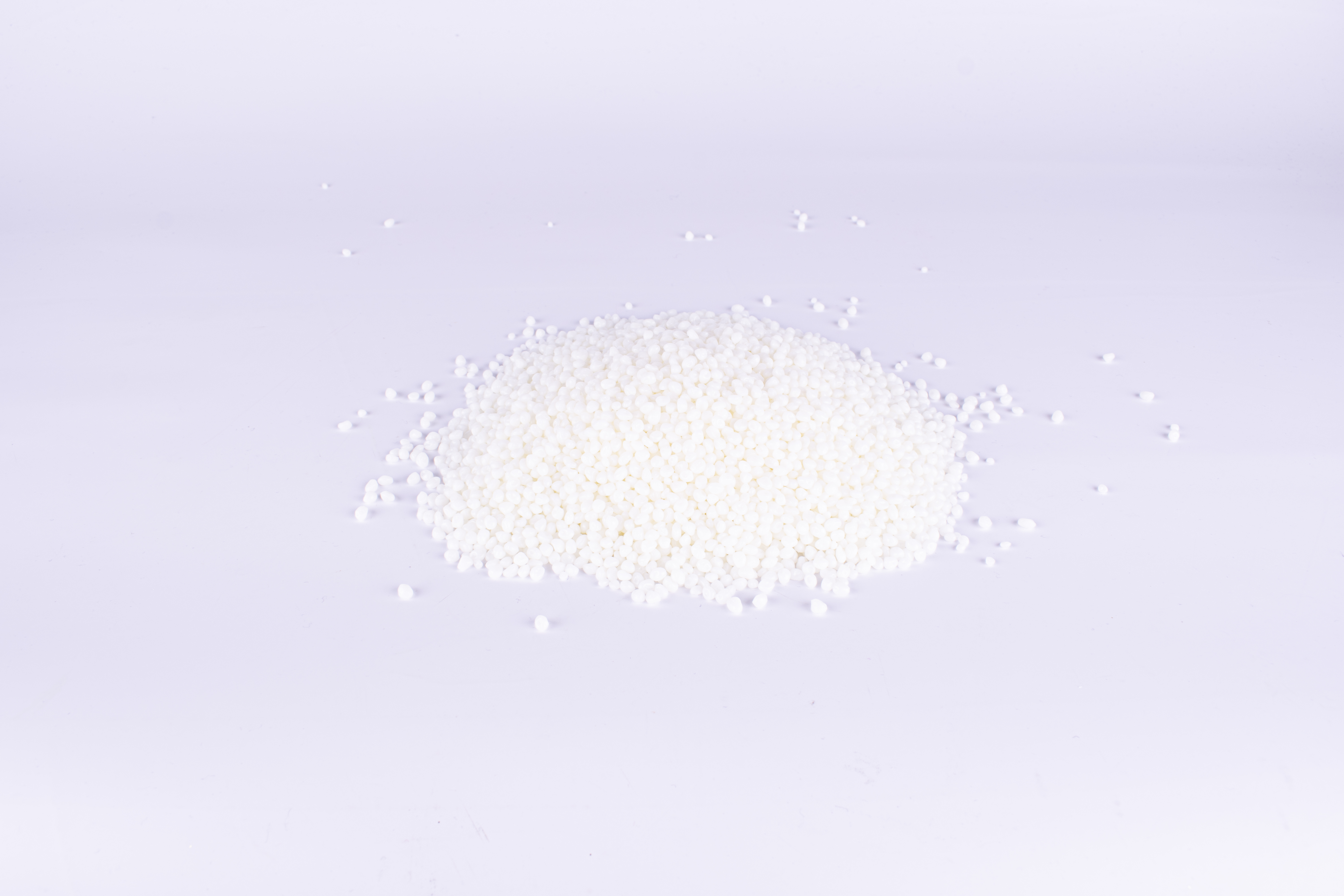
Advances in design software have also made it easier to create 3D models for printing. Design software now includes pellet 3D printing-specific tools, allowing users to create models optimized for pellet production.
With the advancement of 3D printing with pellets in speed and precision, this technology has been integrated into mass production in some industrial sectors.
Automotive and aerospace companies have begun to use 3D printing with pellets to produce custom parts and components.
The two main technologies in 3D printing systems with pellets are 3D printing with FDM pellet printers and robotic arms.
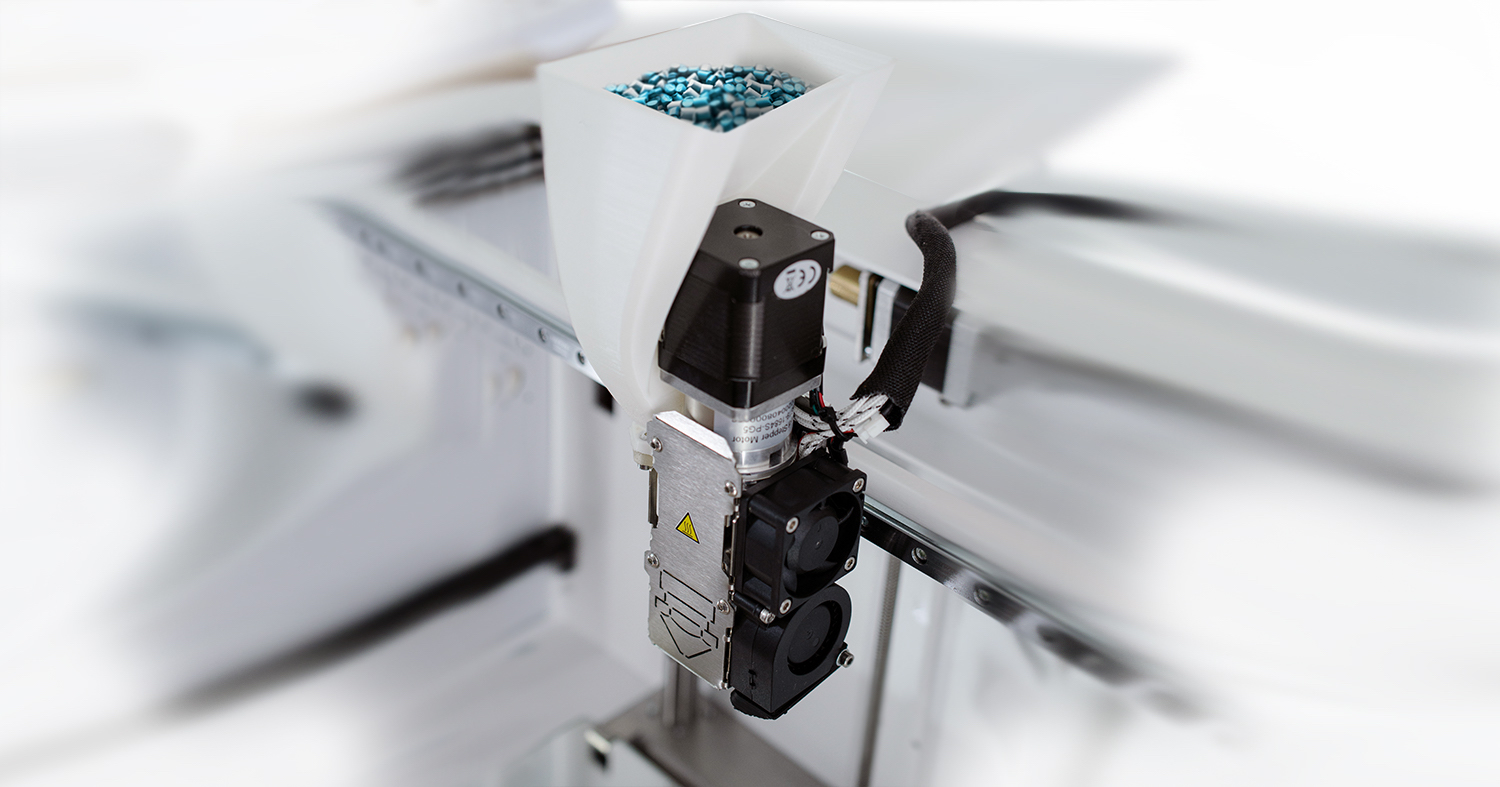
The main difference is the flexibility of the robotic arms that have 5 axes and although it has limitations such as the use of supports, they have printing angles that traditional 3D printers do not have.
The large scale at which robotic arms can print is a significant advantage, which is why they are frequently used in industries such as architecture and aerospace, among others.
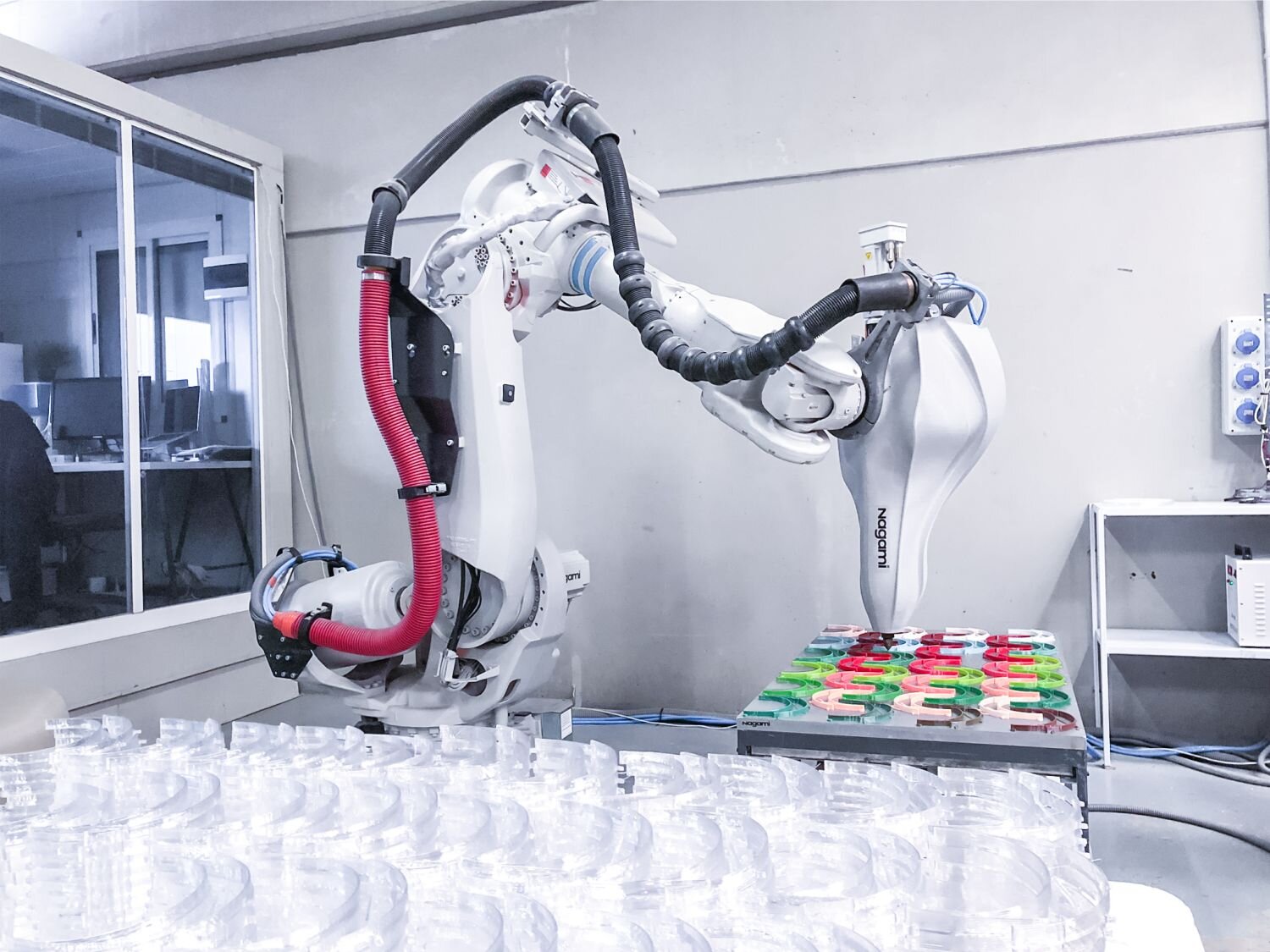
To summarize, pellets facilitate industrial printing where large amounts of material are required, as well as versatility because they allow the use of composite materials and fillers that are more complex to use in filament 3D printers.
The main difference is the flexibility of the robotic arms that have 5 axes and although it has limitations such as the use of supports, they have printing angles that traditional 3D printers do not have.
The great advantage of robotic arms is the scale at which they can print, which is why they are frequently used in industries such as architecture and aerospace, among many others.
To summarize, pellets facilitate industrial printing where large amounts of material are required, as well as versatility because they allow the use of composite materials and fillers that are more difficult to use in filament 3D printers.





Comments (0)